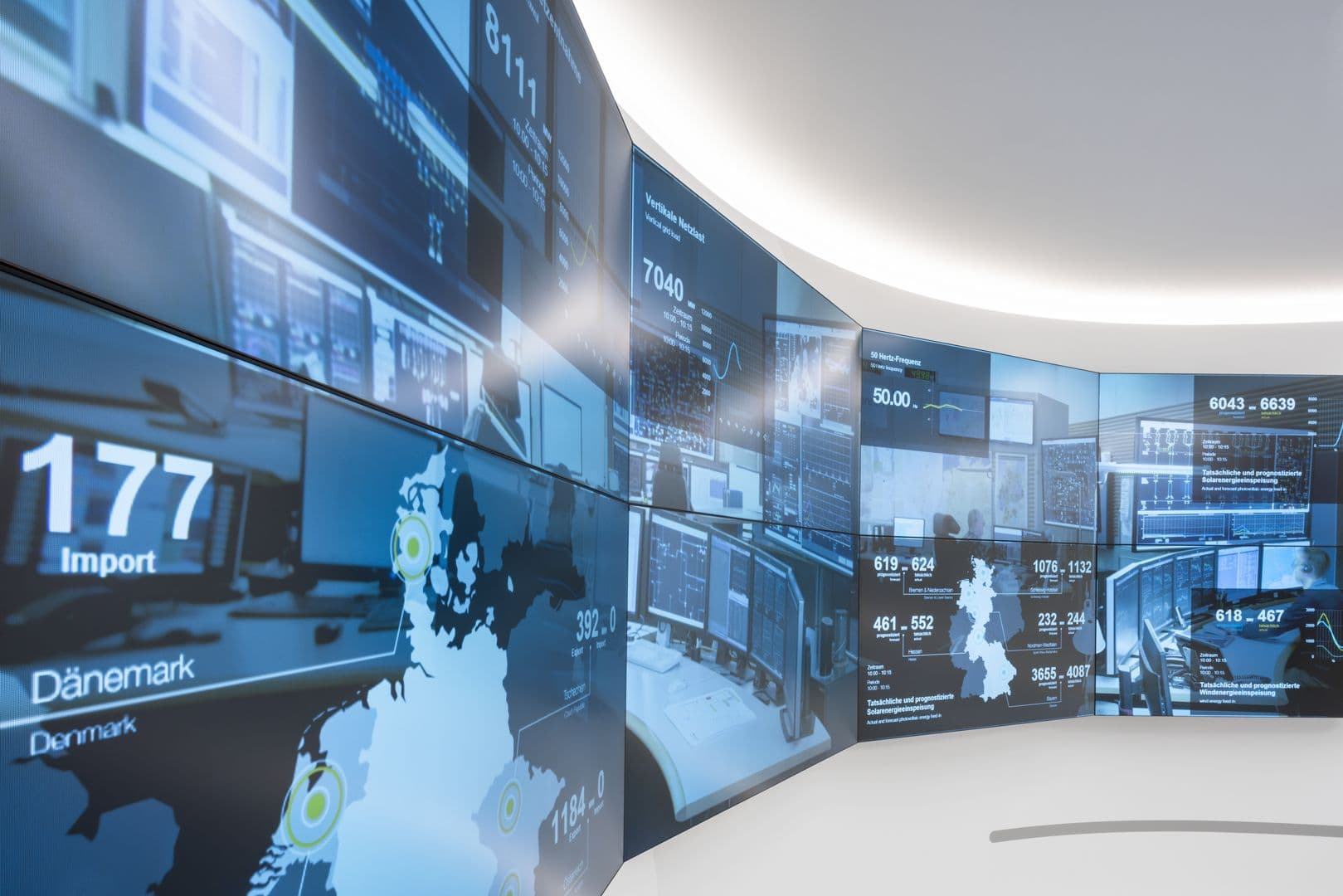
Innovations
Innovation in systems, services and technology is necessary to meet TenneTs challenges in the energy market. For us, innovation is about successfully exploiting new ideas to create value for TenneT and society.
Hydrogen
The future energy system and the role of hydrogen
The transition to a sustainable energy supply requires significant adjustments to the current energy system. For the future affordability and reliability of energy supply, it is crucial to make the right decisions in time about when and where to build new infrastructure. What role will hydrogen play in this? And how is TenneT preparing for the growing importance of hydrogen?
The role of green hydrogen
Looking at conversion and storage, green hydrogen can play a significant role here. Green hydrogen is an energy carrier produced from renewable electricity. By means of electrolysis, water is split into hydrogen (in gaseous form) and oxygen. This hydrogen can be used directly at its production site or transported to industrial plants through a gas grid or other transportation methods like ships. Alternatively, it can be stored, e.g. in existing salt caverns, for later use. Hydrogen can contribute to security of supply of the electricity system by making the energy supply less dependent on weather and seasonal influences.
Safeguarding future availability and reliability
For the future affordability and reliability of energy supply, it is crucial to make the right decisions in time about when and where to build new infrastructure. This requires the cooperation of all stakeholders, i.e. between politics, the market parties, industry, science, grid operators and the public. Through these societal debates, we achieve optimal system integration on the path to the sustainable energy system of the future.
Equigy
The Crowd Balancing Platform through Blockchain Technology
Can interconnected home storage systems or electric car loading stations contribute to power grid stabilisation? TenneT is using innovative blockchain solutions in pilot projects in Germany and the Netherlands to facilitate flexible access to decentralised capacities.
Challenges inherent to the energy transition
The increasing proportion of renewable energy in electricity production poses growing challenges for transmission system operators. Since solar and wind power are subject to weather-dependent fluctuations, TenneT is looking for options for controlling infeed in a more flexible way and avoiding expensive network interventions to stabilise the power grid.
Blockchain technology
A ‘blockchain’ is a database whose records, or blocks, are linked and secured cryptographically. It ensures an especially high level of transparency and enables transactions between market participants to be verified. Sounds complicated? It is. The most important aspect for TenneT: the innovative technology enables decentralised data exchanging which is as quick as it is secure.
Developments culminating in Equigy
The concept has been proven during these Pilots, the use of blockchain technology and is currently being further developed in the Crowd Balancing Platform – Equigy.
In the Netherlands the aFRR product can currently be delivered by BSPs via the Crowd Balancing Platform. In Germany TenneT is investigating the application of redispatch on the Crowd Balancing Platform.
Horizontal drilling
Reducing impact on people and the environment
The necessary energy transition brings us many challenges. For TenneT this means, for example, expanding and reinforcing its grid in order to maintain high security of supply. At least 3,000 kilometres of (underground) cable must be laid in Germany and the Netherlands in the next 10 years. We want to carry out this work with as little impact as possible on the environment: people and (vulnerable) nature.
Undergrounding of cables by means of drilling can be a good solution. This is currently only possible over a limited length. Together with our contractors, we want to develop the techniques further and investigate in the Netherlands which maximum horizontal drilling lengths are possible in order to realise connections faster and with less inconvenience to the surroundings. The aim is to further develop our construction techniques for underground cable routes to minimise the impact on people and the environment.
E-Power Pipe
We have successfully completed the first pilots with the E-Power-Pipe method, developed by Herrenknecht. Using this method, we drilled a distance of 2 kilometres horizontally in one go for the first time. A length that counts as a prelude to the desired 5 kilometres.
Shorter repair time
The most important advantage of this technique compared to other drilling techniques is the repair time. This is due to the shallow location of the cable of 2 to 3 metres below ground level, in contrast to cables that are now often 5 to even 25 metres deep (depending on their length).
Because of its shallow location, the cable is much easier to approach and can be repaired within two weeks. As a result, the potential maintenance costs are considerably lower. In addition, drilling with EPP has less impact on the environment and (vulnerable) nature. We applied this technique for the first time in the Tilburg Noord - Best project.
Control Room of the Future
The beating heart of the energy supply in the Netherlands and Germany.
Our operators ensure that the energy balance in our electricity grid is maintained 24 hours a day, 7 days a week and 365 days a year. This keeps the lights on for everyone. Our control rooms are therefore the beating heart of the energy supply in the Netherlands and Germany.
What will the Control Room of the Future look like?
The Control Room of the Future, with the operator at its heart, combines the best of human and computer intelligence. Our skilled and valued operators will be supported with state-of-the-art instruments and technology. An innovative visualisation dashboard will give operators a comprehensive performance oversight of the whole power system, down to individual network components. This will enable the grid to be utilised to its maximum capacity, safely and securely. An intuitive human-machine interface will allow fast response by operators while preventing human errors. Our well-trained and experienced operators are thus able to manage the electricity system proactively, in real-time and in seamless coordination with TenneT's pan-European stakeholders.